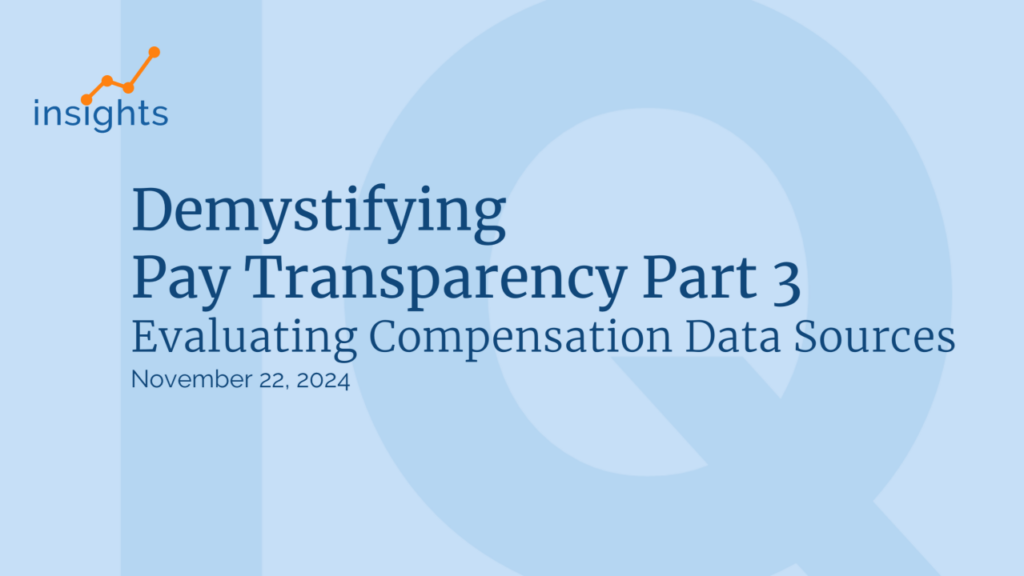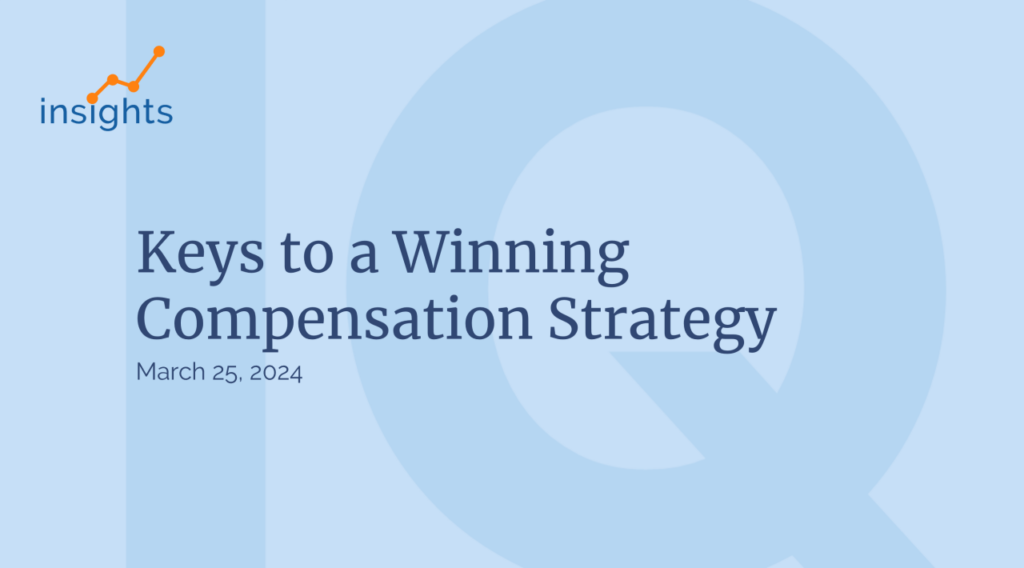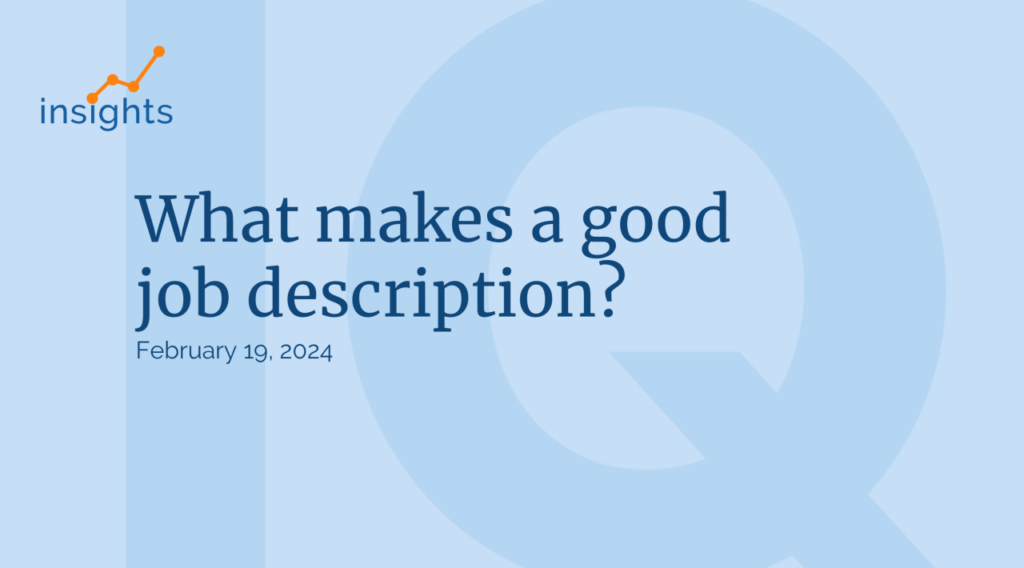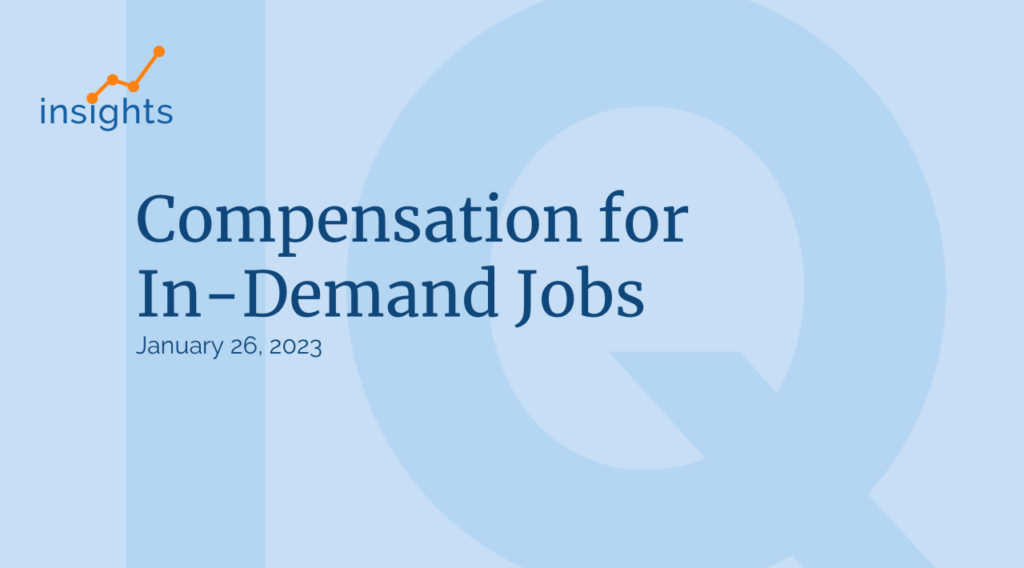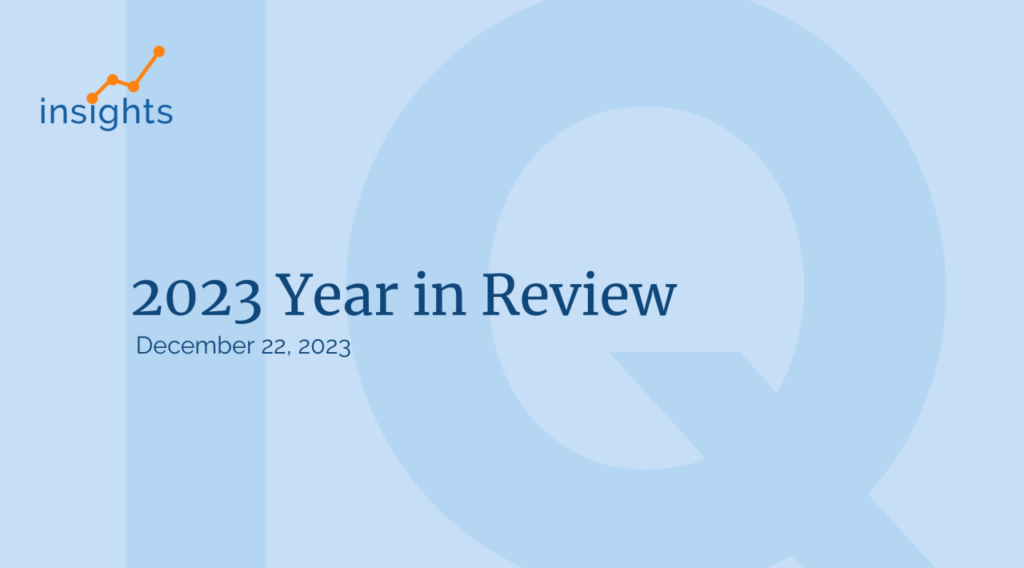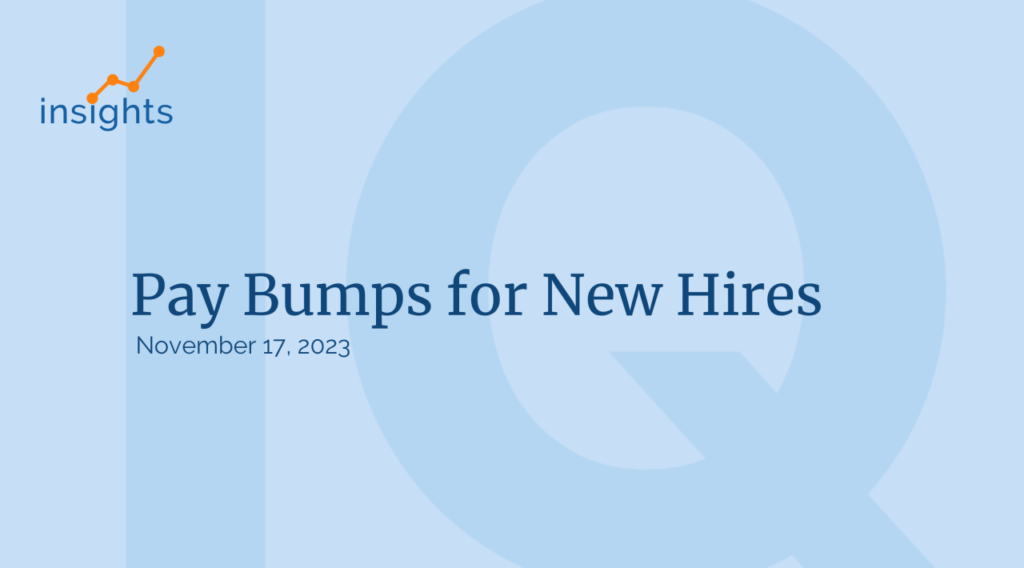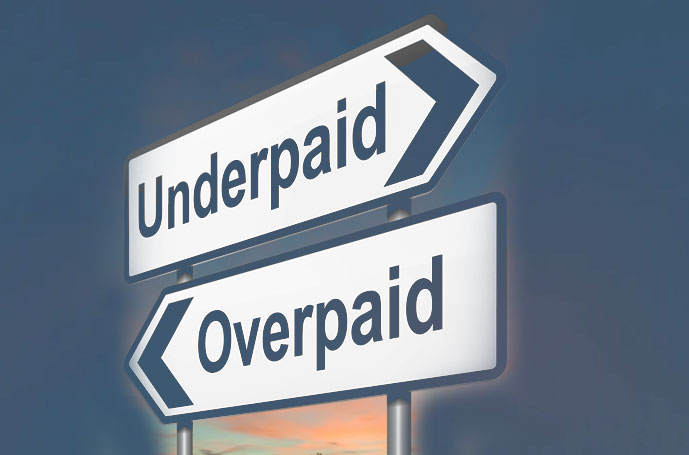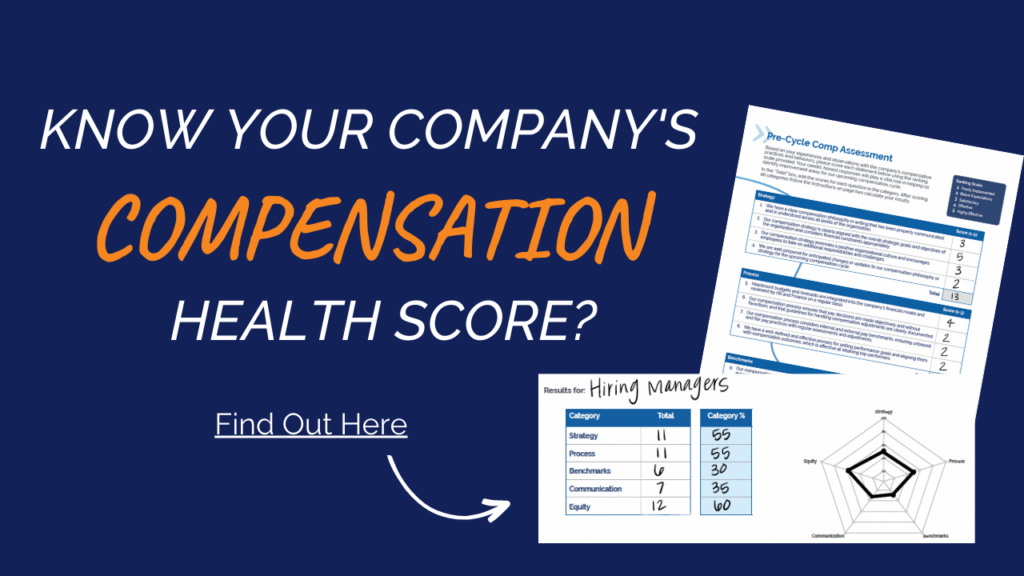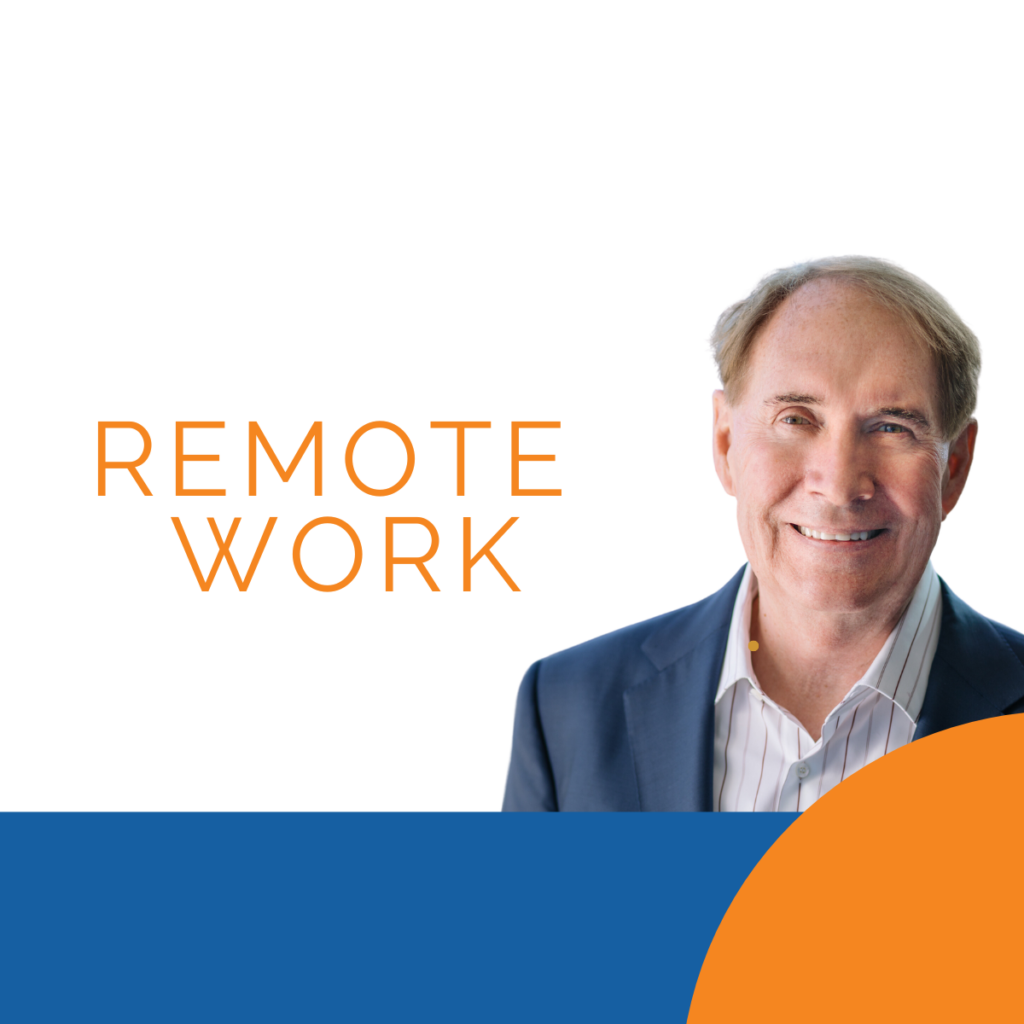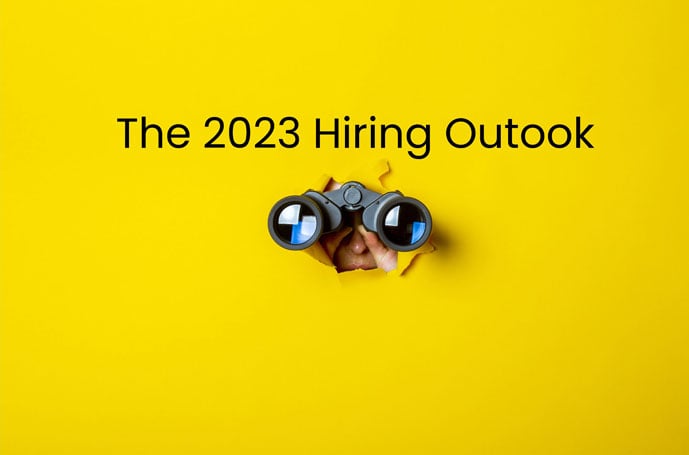Many blog posts are devoted to the aptly named ‘Great Resignation’- both in the U.S. and other parts of the world. So, we won’t dig into this phenomenon here. But what we will say is that employers wanting to stay ahead in such a tight labor market need to get creative to successfully attract and retain top talent.
Offering a good compensation package isn’t just about delivering a competitive salary that reflects the employee’s skills and experience. It’s also about providing workers incentives to stay.

For example, some businesses offer employees “fun ” perks such as ping pong (AOL), meditation rooms (Adobe), baby showers for new parents (Yahoo!), and on-site car wash services (Intel) alongside other, more substantial benefits.
That said, there are signs that it’s time for businesses to begin allocating more money to the salary budget to help staff battle inflation and retain top talent. For example, Microsoft plans to nearly double its budget for employee salary increases and boost its range of stock compensation by at least 25%.
With all this in mind, let’s take a look at other ways companies can attract top talent beyond compensation:
Social Causes
Even before the pandemic changed the way we work and spend our time, employers realized that many employees desire to work for a company that cares.
According to one report, millennials will comprise 75% of the workforce by 2025. Interestingly, social causes are essential to this cohort. In fact, 64% won’t take a job if their employer doesn’t have a robust and active corporate social responsibility policy. For example, the following issues could be incorporated into such a policy: charitable giving, community volunteering, investments in social and environmental initiatives, diversity and inclusion, etc.
In addition, 83% of millennials say they would be more loyal to the company they work for if their employer helped them donate to environmental and social causes.
In contrast, Generation X makes up around 53 million of the workforce worldwide, and where social causes are concerned, this cohort tends to be thought of as more liberal and ethnically diverse. Sometimes described as the “neglected child ” (falling between Baby Boomers and Millennials, they’re often overlooked from reports on social issues and societal change). However, according to the Pew Research Center, their social attitudes fall somewhere between their generational counterparts. For example, 43% would rather have a bigger government with more services than 32% of Baby Boomers and 53% of Millennials.
Alternatively, in the case of Gen Z, one study found that this cohort wants employers to actively address racial inequality, with 90% supporting Black Lives Matter.
Real-life examples of brands getting this right include Google, whose data centers use 50% less energy than others globally. Coca-Cola is also making strides in this area. Their packaging is now 100% recyclable, and they intend to reduce their carbon footprint by 25% by 2030.
Employers can let future hires and existing employees know which social causes are important to them by ensuring all their recruitment materials include this information. In addition, it can be reinforced during interviews and the onboarding process. Internally, staff intranets should also emphasize what the business is doing concerning social causes. Lastly, the Corporate Social Responsibility policy should be publish on the business’s website and be easily accessible.
Unlimited Paid Time Off
Paid time off (PTO) is used for various reasons such as sickness, a wedding, study leave, jury service, bereavement, vacation time, or personal time.
However, the difference with an unlimited paid time off policy is that employees can access PTO as and when they need to. A well-planned and generous PTO policy can help organizations:
- Reduce staff burnout.
- Attract employees who need greater working flexibility.
- Better retain talent by creating a workplace culture based on trust and respect, forming firm foundations for long-term employer-employee relationships.
When it comes to unlimited PTO, employees respond positively. One study found that almost three-quarters of employees feel positive about employers with unlimited PTO policies, with 78% preferring mandatory PTO. Again, millennials (79%) and Gen Z (76%) are the most prominent groups favoring such policies. In comparison, baby boomers aren’t that far behind at 71%. In fact, almost 62% of employees in this same study reported a positive work-life balance thanks to unlimited PTO. This, as we all know, correlates with better staff retention rates.
Much less is written about Gen X in the workplace. However, we know that only 68% report being happy at work. Rather than thinking about unlimited PTO, their number one valued benefit is actually a 401(k) plan with matching contributions. However, no stats were available to substantiate this.
Companies currently offering PTO benefits include Netflix, Sony Electronics, and LinkedIn. So, look to these heavy hitters for inspiration if you’re considering implementing your own unlimited PTO policy. If you decide to offer this perk, don’t forget to include it in your recruitment materials and job postings!
Flexible Working
Even post-pandemic, employees continue to prefer the flexibility of being able to work from home and/or opt for hybrid working arrangements.
According to a 2021 CNBC study, 76% of employees want flexible, remote working options. However, in pre-Covid times, a Harvard Business Review report found that only 47% of employees had access to flexible work, although almost all surveyed wanted it (96%).
The benefits are evident, with 51% of employees being more productive working from home. At the same time, a global study by Future Forum found this year that 68% of employees prefer hybrid working, with 78% wanting location flexibility and 95% wanting schedule flexibility. Significantly, 72% of workers unhappy with their current working arrangement said they will likely look for a different job over the next year.
Mental Health Support
Last but not least, mental health and its impact on employees during the pandemic is well-documented. For example, an OECD (Organization for Economic Co-operation and Development) report shows anxiety and depression in the U.S., U.K., Australia, and other countries increased significantly in 2020.
Some employers recognize that employee mental health support is essential. For example, Unilever offers in-person mindfulness workshops and trains its managers on workplace mental health issues. Elsewhere, Barclays launched its ‘This is Me‘ campaign to encourage employees to share personal stories surrounding mental health, disabilities, and neurodiversity. Similarly, Microsoft offers the ‘Microsoft Cares‘ program, which provides employees counseling and group workshops digitally, by phone, and in person.
Employers who invest in mental health training for managers encourage openness and non-stigmatized workplace culture. Conducting regular “pulse ” surveys can reveal employee support needs and help gauge general well-being.
When it comes to attracting fresh talent, providing millennial and Gen Z workers with mental health support should be something that employers should consider. Sadly, 18 to 25-year-olds have the most significant prevalence of mental illness. In fact, a Deloitte report found that 41% of millennials and 46% of those in Gen Z feel anxious or stressed all or most of the time, including worrying about their financial health and career/job prospects.
Interestingly, one report found that since the pandemic, Gen X employees exhibited a concerning decline in mental health, with the risk of experiencing PTSD increasing by 51%. Elsewhere, research shows that 22% of Gen X have missed a day at work because of mental health difficulties. In comparison, 37% worry about informing their employer about mental health difficulties for fear of having their coworkers find out.
The aforementioned Deloitte report found that 49% of millennials and 47% of Gen Z workers who took time off work for mental health reasons gave their employer a different reason. This suggests that it’s time for employers to take active steps to leave mental health stigma behind.
Employers who want to emphasize their commitment to positive mental health at work can do several things. A first step is ensuring that all recruitment and onboarding materials communicate their approach to positive mental well-being and outline the programs and support available to employees.
The important thing is to offer employees the reassurance they need through transparent policies, trained managers, and supportive workplace culture. This goes a long way to ensure employees know it’s a safe environment to seek support if needed.
Are You Ready to Start Attracting Top Talent?
While this list isn’t a definitive answer to attracting top talent beyond compensation, it offers evidence and ideas of what employers can do to attract and retain top talent, looking past salary alone




